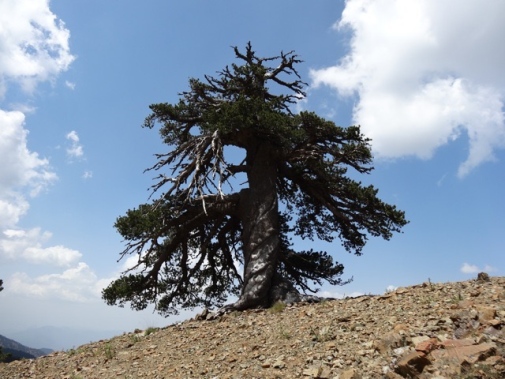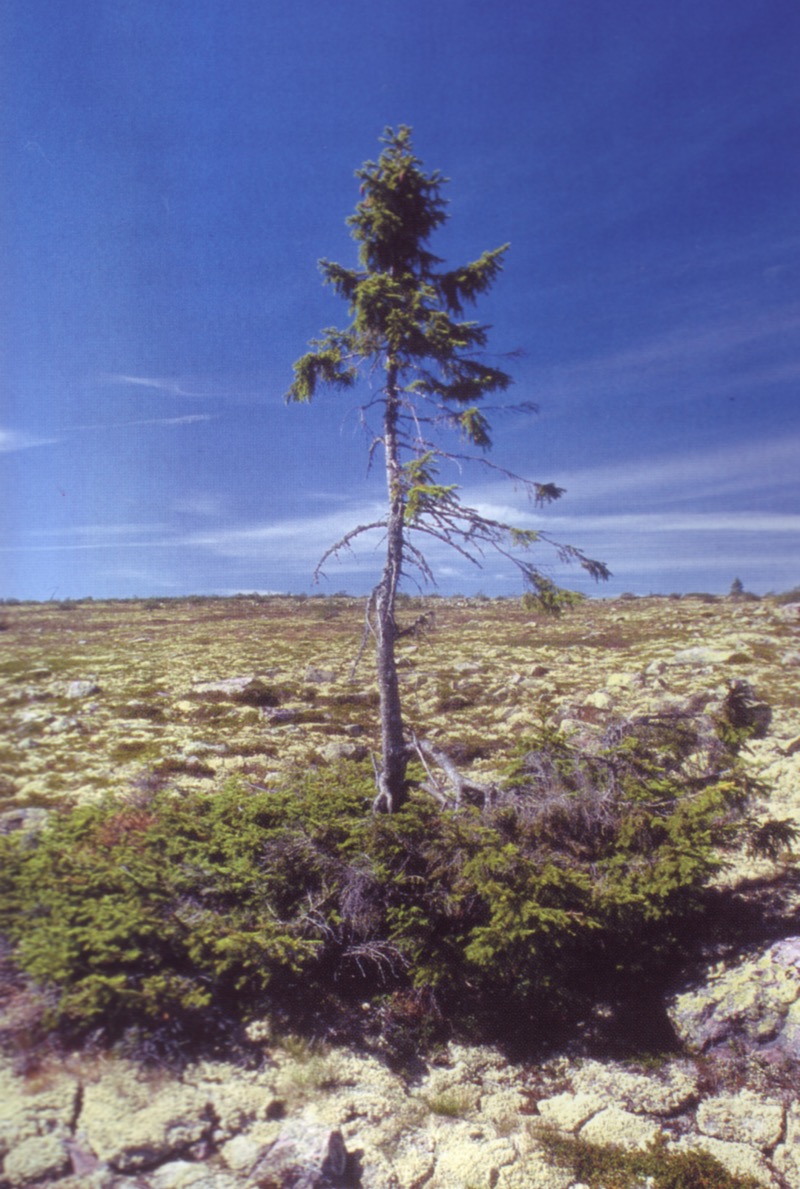What is the oldest tree in the world?
The two oldest trees are in the White Mountains of California.
The planet's trees have seen plenty of history pass by their trunks. In fact, they began to populate Earth 385 million years ago, toward the end of the Devonian period. Considered living historical records, the organisms can withstand generations of development and change.
But which tree has been around the longest?
Until 2013, the oldest individual tree in the world was Methuselah, a 4,845-year-old Great Basin bristlecone pine (Pinus longaeva) in the White Mountains of California. Researchers at the Rocky Mountain Tree-Ring Research Group then announced the age of another P. longaeva also located in the White Mountains — this one 5,062 years old.
Related: How tall can trees grow?
Europe's oldest tree, crowned in 2016, is a 1,075-year-old Bosnian pine (Pinus heldreichii) growing in Greece. The tree — named Adonis after the Greek god of beauty, youth and desire — took root in A.D. 941, when the Vikings were still raiding along European coastlines. Europe is home to some even longer-lived trees, but these have yet to be officially dated.
For instance, living in a churchyard of the Llangernyw village in North Wales, the Llangernyw Yew is estimated to be at least 4,000 years old. The yew tree (Taxus baccata) is believed to have taken root sometime during Britain's Bronze Age.
Clonal trees
Though these are some of the oldest individual trees in the world, they are technically not the oldest living organisms. There are several clonal colonies — which are made up of genetically identical trees connected by a single root system — that are much older.
Get the world’s most fascinating discoveries delivered straight to your inbox.
For example, the Pando, or "trembling giant," is a clonal colony made up of more than 40,000 individual quaking aspen (Populus tremuloides) trees, according to the U.S. Forest Service. Located in Fishlake National Forest in south-central Utah, the colony is estimated to be an astounding 80,000 years old.
In 2008, peculiar circumstances led to the discovery of the world's oldest individual from a clonal tree: Old Tjikko, a 9,550-year-old Norway spruce located the in Fulufjället Mountains in Sweden, according to scientists at Umeå University. Old Tjikko is suspected to be the only living trunk of an ancient clonal colony like the Pando.
The tree's true age was revealed by carbon-14 dating its root system. According to a statement from Umeå University, scientists found four generations of spruce remains at the site, all with the same genetic makeup. Spruce trees can multiply with the root penetrating branches to produce exact copies of themselves, so while the individual trunk is younger, the organism has been cloning itself for at least 9,550 years.
Umeå University also reported that a cluster of around 20 spruces were found in the Swedish mountains that are estimated to be over 8,000 years old. The trees are able to survive very harsh weather conditions, but a warming climate has allowed them to thrive.
Compared with all of these ancient trees, the oldest living animal, a 183-year-old tortoise, is a young whipper snapper.
Editor's Note: This article was first published in 2013 and updated with new information in 2016.
Originally published on Live Science.




